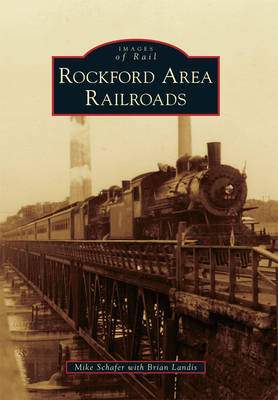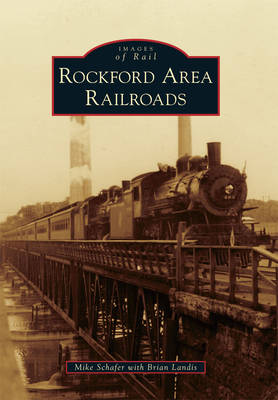
Je cadeautjes zeker op tijd in huis hebben voor de feestdagen? Kom langs in onze winkels en vind het perfecte geschenk!
- Afhalen na 1 uur in een winkel met voorraad
- Gratis thuislevering in België vanaf € 30
- Ruim aanbod met 7 miljoen producten
Je cadeautjes zeker op tijd in huis hebben voor de feestdagen? Kom langs in onze winkels en vind het perfecte geschenk!
- Afhalen na 1 uur in een winkel met voorraad
- Gratis thuislevering in België vanaf € 30
- Ruim aanbod met 7 miljoen producten
Zoeken
€ 34,95
+ 69 punten
Omschrijving
Railroads were key to Rockford's rise as a thriving manufacturing and commercial center. With an area population of over 200,000 residents and a reputation for manufactured goods, Rockford had a critical need for railroads into the bust years of the 1970s. Eventually four railroads rose to prominence in Rockford, all of them Class 1 carriers: the Chicago and North Western; Chicago, Burlington, and Quincy; the Chicago, Milwaukee, St. Pau, l and Pacific (the Milwaukee Road); and Illinois Central. For nearly a century, these four roads--all of them esteemed Midwestern railroads--carried the bulk of freight and passengers arriving and departing Rockford, Davis Junction, and Loves Park by rail. Two other smaller railways, the Chicago, Milwaukee, and Gary and the Rockford and Interurban, also played a part in Rockford's railroad history and are spotlighted in this volume.
Specificaties
Betrokkenen
- Auteur(s):
- Uitgeverij:
Inhoud
- Aantal bladzijden:
- 128
- Taal:
- Engels
- Reeks:
Eigenschappen
- Productcode (EAN):
- 9780738583907
- Verschijningsdatum:
- 25/10/2010
- Uitvoering:
- Paperback
- Formaat:
- Trade paperback (VS)
- Afmetingen:
- 163 mm x 231 mm
- Gewicht:
- 317 g

Alleen bij Standaard Boekhandel
+ 69 punten op je klantenkaart van Standaard Boekhandel
Beoordelingen
We publiceren alleen reviews die voldoen aan de voorwaarden voor reviews. Bekijk onze voorwaarden voor reviews.









